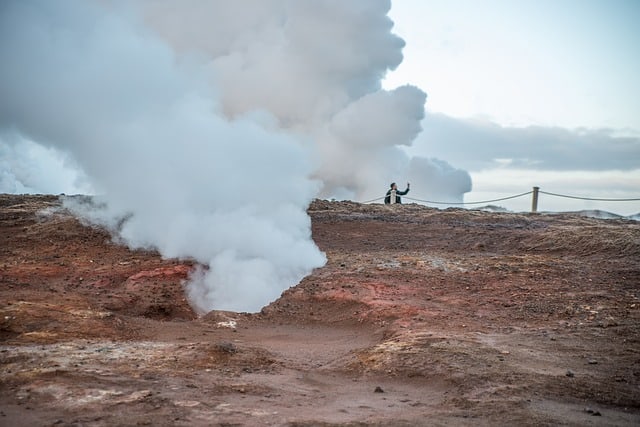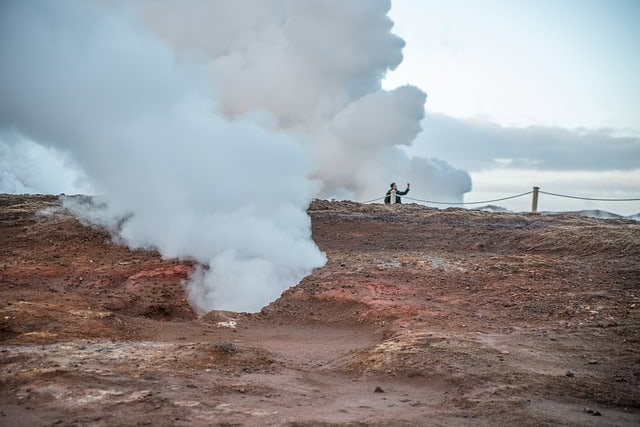
Thermal energy, a fundamental concept in physics, plays a pivotal role in our daily lives, from powering our homes to fueling industrial processes. In this article, we delve deep into the world of thermal energy, uncovering its principles, applications, and environmental impacts.
Introduction to Thermal Energy
Thermal energy, also known as heat energy, is the kinetic energy generated by the movement of particles within a substance. This energy arises due to the temperature difference between objects and tends to flow from warmer areas to cooler ones.
2. Understanding the Basics of Heat
Heat is a form of energy that can be transferred between objects due to temperature differences. It flows through conduction, convection, and radiation, affecting how objects behave and respond to changes in their environment.
3. The Laws of Thermodynamics
The laws of thermodynamics govern the behavior of thermal energy. These laws define concepts such as energy conservation and the impossibility of achieving absolute zero temperature.
4. Forms of Thermal Energy
Thermal energy can exist in various forms, such as sensible heat and latent heat. Sensible heat affects temperature changes, while latent heat is associated with phase changes.
5. Heat Transfer Mechanisms
Heat transfer occurs through conduction, where energy moves through direct contact; convection, involving fluid motion; and radiation, which propagates heat through electromagnetic waves.
6. Applications of Thermal Energy
Thermal energy has a wide range of applications, from heating our homes and cooking food to powering thermoelectric generators in space probes.
7. Thermal Energy in Industry
Industries harness thermal energy for processes like steam generation, metal smelting, and chemical reactions, contributing significantly to global production.
8. Thermal Energy and the Environment
The extraction and consumption of thermal energy can have environmental repercussions, including air pollution and contribution to the greenhouse effect.



